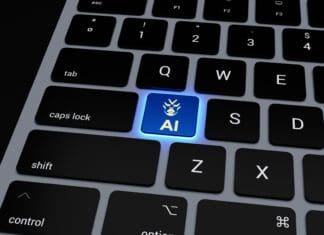This post is also available in:
 עברית (Hebrew)
עברית (Hebrew)
The U.S. Coast Guard receives more than 200 false distress calls a year over its Very High Frequency (VHF) radio channel 16—the mariner’s “911,”—and the number is growing. In 2014, when an anonymous caller cost the U.S. Coast Guard roughly $500,000 by sending first responders on unnecessary rescue missions 28 times, the agency asked the Department of Homeland Security (DHS) Science and Technology Directorate (S&T) for help.
Every distress call the Coast Guard receives compels the federal agency to launch an expensive search-and-rescue effort. Besides wasting taxpayers’ money in fruitless rescue operations, the pranksters also divert manpower and equipment from other critical missions, according to dhs.gov.
In December 2014, S&T connected the Coast Guard with Dr. Rita Singh, who has collected a large repository of sound recordings of different voices and environments over the years. She is a senior systems scientist at Carnegie Mellon University (CMU)’s Language Technologies Institute, which partners with the Center for Visualization and Data Analytics.
“We have a great partnership with S&T, and we knew CMU had the capability for voice forensics,” said Alan Arsenault, chief of the Command, Control, Communications, Computers, Intelligence, Surveillance and Reconnaissance branch at the Coast Guard Research and Development Center.
“We looked at other technology such as mobile direction finding capabilities and social media analyses tools, but this was really panning out to give us some great details for building a case file,” Arsenault said.
In the event of a hoax call, the towers of Rescue 21, a communications management system for the Coast Guard, triangulate a geographical area. Coast Guard Investigative Service special agents will interview local mariners and seek information from local law enforcement in that area, seeking any information that may be useful in identifying the caller. The Coast Guard can even have the recorded call played by the local media to see if anyone recognizes the voice.
The only evidence unidentified hoax callers leave behind initially is the raw recording. However, many aspects of the callers can be deduced using artificial intelligence techniques. Besides the obvious age, gender and ethnicity, they can also glean physical characteristics, health, emotional state, and even a person’s educational level and socioeconomic status. The researchers can also profile the place from which the perpetrator makes the call – possible location, room size, type of objects present and the material of the walls, ceiling, and floor – all based on background noise and voice echo.
Not a single case with voice forensic evidence has gone to trial yet, but soon voice analytics will probably be included as part of the evidence package in court.


























